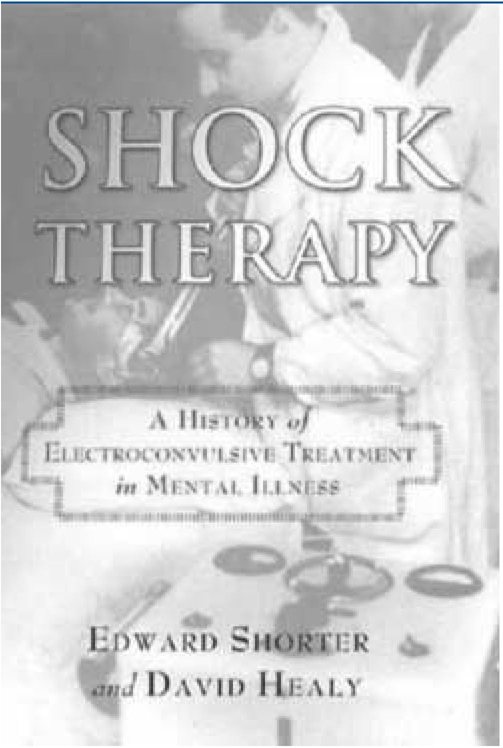
The history of the treatment of psychiatric illness, particularly of the psychoses, is a very barren field. The authors have had, therefore, the good sense to concentrate their obvious talents on the one fruitful period, that of ‘physical treatment in psychiatry’, with special reference to electroconvulsive therapy (ECT).
The first pioneer to make his mark in the ‘shock’ period is Ladislas Meduna, a Hungarian who, in 1930s, experimented with the use of leptazol (Cardiazol), a convulsant agent. This experiment was short lived because of the terrifying experiences undergone by the patient during the pre-convulsive period. The next to try his hand was a somewhat unpleasant character, Manfred Sakel. However, unpleasant as he could be, Sakel was no fool. Without doubt, insulin coma therapy was his invention, and so long as the myth of its success as a cure for schizophrenia persisted, so long did his fame and fortune continue. He died suddenly in 1957 in America, no longer famous (his creation had been exposed as useless), but his fortune remained intact.
It is important, as the authors do, to note that at about this time the most shocking of all innovations was practised in America and Europe, namely that of prefrontal lobotomy, the blind mutilation of the prefrontal lobe of the brain. Claimed to be a cure for schizophrenia, the operation was exposed as not only useless, but also highly dangerous. Dr Walter Freeman, an ardent advocate of the method in the USA, died in 1972, disgraced and dishonoured.
The only method to escape the end of the era of shock therapy was ECT and it escaped the same fate only by a whisker. The public and a large proportion of the medical profession were outraged by the use of shock therapy in the practice of psychiatry, particularly after the showing of the movie, One Flew over the Cuckoo's Nest, in which Jack Nicholson brilliantly played an unreliable, brutal psychopath who was given ECT faute de mieux. It is most important to emphasise, in the interest of the integrity of psychiatry, that the method shown in the movie is a travesty of ECT as practised today.
Nowadays, the use of a professional anaesthetist is mandatory, as is the use of a muscle relaxant to obviate skeletal fractures. Further, there are universally available standardised electrical machines to replace the original hit-and-miss version.
Although the success of ECT in the treatment of depression is established beyond doubt, the sad fact remains that we have not the slightest incontrovertible evidence of how it works. In other words, it remains empirical and it also remains that empiricism is an offence against pure science.
However, as the concluding chapters indicate, there are pointers along which progress can be made.





eLetters
No eLetters have been published for this article.